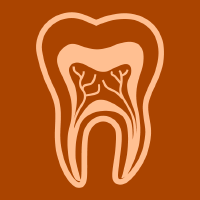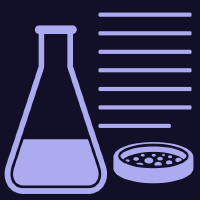Topic Menu
► Topic MenuTopic Editors


2. Honorary Senior Clinical Lecturer, University of Dundee, Dundee DD1 4HR, UK
3. Founding Member of MIRROR—Medical Institute for Regeneration and Repairing and Organ Replacement, Interdepartmental Center, University of Bari “Aldo Moro”, 70124 Bari, Italy
Advances in Dental Biomaterials and Oral Tissues Engineering
Topic Information
Dear Colleagues,
Novel and advanced dental biomaterials are rapidly improving the quality of clinical applications within the main branches of dentistry. Oral tissues engineering (OTE) belongs to the wider field of regenerative medicine, a miscellaneous area that embraces interdisciplinary fields of research with interesting clinical applications. OTE is mainly focused on reparation and substitution, as well as the regeneration of oral tissues and organs, aiming at their rehabilitation, restoring both function and anatomy. The healing of damaged tissues is commonly induced by physiological processes that successfully merge biomaterials, 3D scaffolds, growth factors, and stem cells together. Functional biomaterials represent the latest development of bioactive materials: they have been investigated and improved, especially in dental applications, demonstrating promising results on oral tissues healing and rehabilitation. Oral tissues engineering plays a pivotal role in the continuous development of novel biomaterials: the future challenges are based on the discovery of smart biomaterials, able not only to replace and/or restore dental tissues, but also to mimic their biological features, thus ensuring successful treatments in several dental applications.
The aim of this Topic is to provide an updated and highly impacting overview of the current best performers and on the future perspectives related to dental biomaterials. Debates on the role of scaffolds in bone regeneration, composites materials for dental restorations and biomaterials for oral tissues rehabilitation are highly welcome. The papers should also cover the current developments in biomaterials design, materials-to-tissues interaction, and tissue self-repairing. Authors are invited to focus their attention on bioactive materials, nanotechnologies and interdisciplinary research.
Potential topics include, but are not limited to:
- Regenerative dentistry
- Oral tissue engineering
- Bone substitute materials
- Newly developed composites materials
- Bioactive materials
- Advances in oral rehabilitation
- New diagnostic tools
- Biomaterial/tissue interactions
Prof. Dr. Gianrico Spagnuolo
Prof. Dr. Marco Tatullo
Topic Editors
Keywords
- dental materials
- dentistry biomaterials
- tissue engineering, regenerative dentistry
Participating Journals
| Journal Name | Impact Factor | CiteScore | Launched Year | First Decision (median) | APC |
|---|---|---|---|---|---|

Applied Sciences
|
2.7 | 4.5 | 2011 | 16.9 Days | CHF 2400 |

Journal of Clinical Medicine
|
3.9 | 5.4 | 2012 | 17.9 Days | CHF 2600 |

Dentistry Journal
|
2.6 | 4.0 | 2013 | 27.8 Days | CHF 2000 |

International Journal of Molecular Sciences
|
5.6 | 7.8 | 2000 | 16.3 Days | CHF 2900 |

Methods and Protocols
|
2.4 | 3.8 | 2018 | 27.9 Days | CHF 1800 |

MDPI Topics is cooperating with Preprints.org and has built a direct connection between MDPI journals and Preprints.org. Authors are encouraged to enjoy the benefits by posting a preprint at Preprints.org prior to publication:
- Immediately share your ideas ahead of publication and establish your research priority;
- Protect your idea from being stolen with this time-stamped preprint article;
- Enhance the exposure and impact of your research;
- Receive feedback from your peers in advance;
- Have it indexed in Web of Science (Preprint Citation Index), Google Scholar, Crossref, SHARE, PrePubMed, Scilit and Europe PMC.

